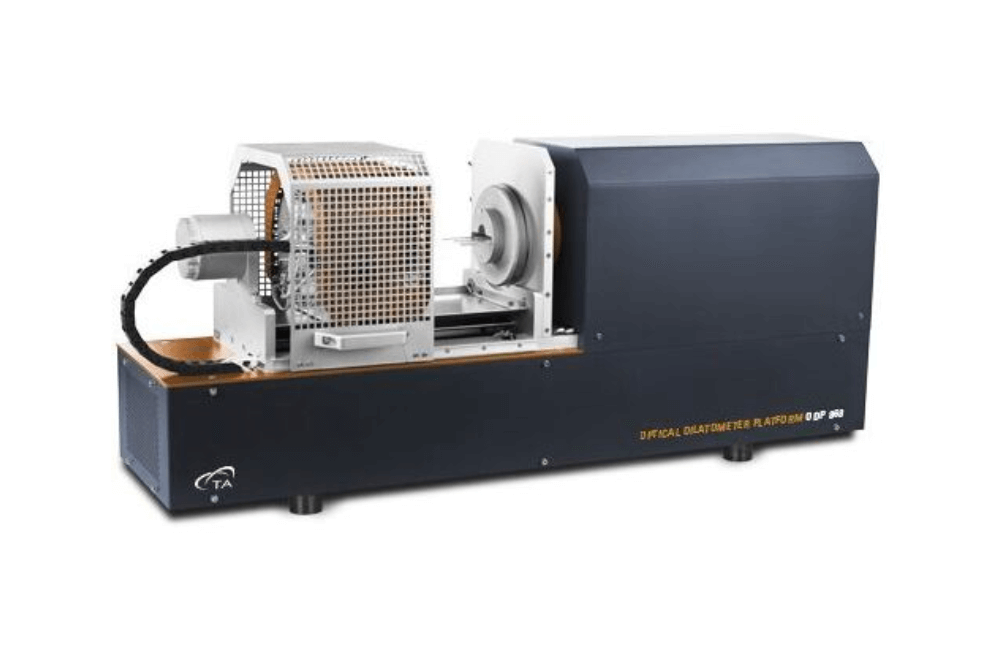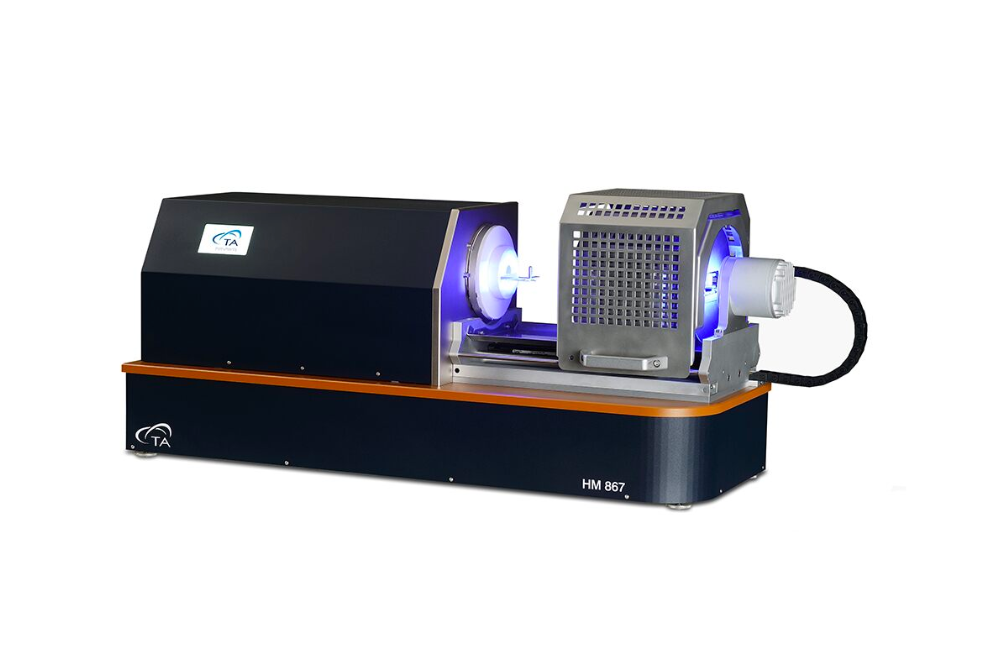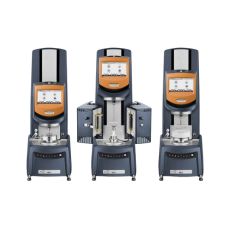- Consumer Goods
- Healthcare
- Performance Materials
-
Technology
- Overview
- Industries
- DKSH Vietnam products
Our products
Search our product database.
-
Services
- Overview
- Sourcing
Sourcing
Accessing a global sourcing network.
- Market insights
Market insights
Generating ideas for growth.
- Marketing and sales
Marketing and sales
Opening up new revenue opportunities.
- Distribution and logistics
Distribution and logistics
Delivering what you need, when you need it, where you need it.
- After-sales services
After-sales services
Servicing throughout the entire lifespan of your product.
- Procurement Transformation Services
Procurement Transformation Services
We support our clients across the entire sourcing lifecycle from sourcing strategy, vendor management, provider selection, supply risk management, implementation, and governance.
- Insights
- Home
- Technology
- DKSH Vietnam products
- TA Instruments - Heating Microscope
- Home
- Technology
- DKSH Vietnam products
- TA Instruments - Heating Microscope






 TA instruments provides innovative material characterization instruments that are widely used for research, analysis, and quality control in the evaluation of physical properties. We are the world’s leading supplier of thermal analysis, rheology, and microcalorimetry instruments, and our product areas have expanded to include thermal conductivity & diffusivity, dilatometry, rubber testing, and dynamic mechanical characterization.
TA instruments provides innovative material characterization instruments that are widely used for research, analysis, and quality control in the evaluation of physical properties. We are the world’s leading supplier of thermal analysis, rheology, and microcalorimetry instruments, and our product areas have expanded to include thermal conductivity & diffusivity, dilatometry, rubber testing, and dynamic mechanical characterization.



